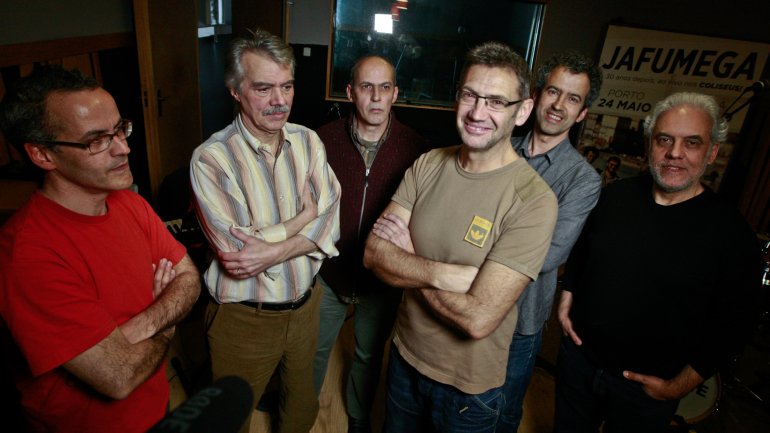Classical or classical music is very difficult to define. More generally, it can be said that it encompasses every musical form admitted to academies, researched and interpreted within the core conventions and canons previously determined by music historians.
Music dictionaries also tend to disseminate another notion of this expression, that it has the meaning of serious music, in contrast to popular, folk and jazz songs. But there is not much sense in this idea, as any musicality can be austere, and therefore does not need to be erudite to do so.
Another conception is restricted to what is called classical music, defining it as an aesthetically distinct, harmonic, objective and rigorous structure, absent of informalities, excessive emotions and originating from the human soul, typical of music born during Romanticism. But there lies a problem that is difficult to solve, which is that musicians like Beethoven and Schubert present romantic characteristics in their compositions, and it would be unfeasible to exclude them from the framework of classical music just for this reason.
An alternative conception is that classical music is that which was conceived from 1750 to 1830, including especially the productions of Haydn, Mozart and Beethoven, highlighting the Viennese Classical School, since at this time Vienna was considered the musical center of Europe. Symphonies, string quartets and concertos were born from it; She was also responsible for the predominance of instrumental compositions over creations focused on the choral style. The sonata also emerged from this movement, which improved throughout the 18th century.
The term scholar comes from the Latin ‘eruditus’, meaning ‘educated’ or ‘learned’. The music created in this style developed along the lines of secular music and Western liturgy, on a broad temporal scale that goes from the 9th century to the present day. Its essential rules were structured between 1550 and 1900. This music encompasses several forms, from complex fugues to operettas, created to entertain listeners.
The expression ‘classical music’ began to be used at the beginning of the 19th century, when there was an intention to transform the era that begins with Bach and goes up to Beethoven, into a golden period. Currently this label is applied both to classical music, in the sense of high-level production, and to classical music as a whole. It is not easy to delimit its bases, which only began to be outlined after the intervention of Reicha, in 1826, and Czerny, in 1848.
The sonata format brought fundamental changes to classical music. With this style came striking contrasts of tones, contrapositions between different thematic conceptions and, as a consequence, an increase in the dramatic charge of this musical structure, as well as a greater union of it through instruments. Its main features are in the first movements of Haydn, Mozart and Beethoven.
Classical music produced in Europe is distinguished from others by its inclusion in the mechanism known as sheet music notation, a system used since the 16th century. This method allows the execution of the work, indicating pitch, speed, meter, rhythm and the way to play a piece of music.
Source: Ana Lucia Santana (Info Escola)












“Your voice is absolutely stunning—every song feels like an emotional journey. Keep shining!”
“Your voice is mesmerizing! The emotion and richness you bring to every note is truly remarkable.”
Classical music is still popular.
Painting emotions on the canvas of sound.
Classical music still leaves unforgettable impressions in the hearts of listeners.